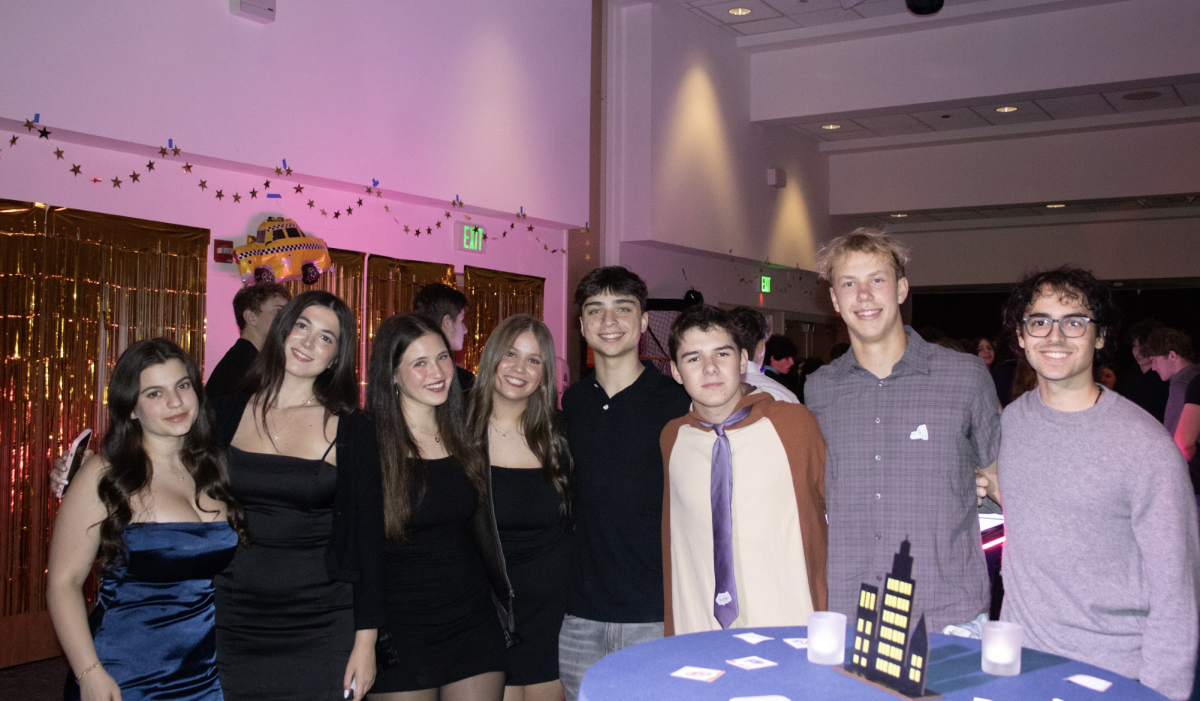Film Industry Satisfies the “Male Gaze”
The opinions expressed in this article are the author’s own and do not necessarily represent the views of The Prowler.
The male gaze is a term used in the film industry that creates a sexualized way of looking that empowers men. Films will target a predominantly male audience and make sure their needs are met by portraying women as sexual beings just to be looked at and objectified.
For example, Disney princess movies create unrealistic standards for young women but are created to satisfy and pleasure the male audience. Each Disney princess has a small waist, large breasts, and a “lady-like” personality. In “Cinderella,” “The Little Mermaid,” “Sleeping Beauty,” and “Aladdin,” each prince only falls in love with the princess for their body, using them as sexual objects. These Disney movies teach young girls that love is solely based on appearance and a fit, small body type. Men are given the savior or hero roles, and the princesses take on the passive roles, supporting the men as they wait to be saved. This is extremely harmful, as it teaches young children to adopt the male gaze.
Another example of the film industry using the male gaze is focusing on women’s body parts in slow motion, like Megan Fox in “Transformers,” where she fixes a car in a tight crop top and the camera circles her body. There is also a lack of strong women characters in commercials and women are being objectified to sell products.
The female gaze, in contrast, focuses on emotion and intimacy, attempting to have the audience experience the actors’ emotions in the film. It’s about empathy and sensitivity and focuses on specific features like eyes and hands. The goal is to show emotions through framework and actions.
For example, in the 2005 “Pride and Prejudice” movie, there is a short clip of Mr. Darcy, the romantic interest, flexing his hand after touching Elizabeth Bennet, the leading character. This scene perfectly fits the “female gaze” as it focuses on his hand, which creates intimacy and tension the audience will be able to perceive. The female gaze creates intimacy with small details, whereas the male gaze relies on sex or hookup scenes.
Another example of the female gaze is the “Eternal Sunshine of the Spotless Mind.” This film’s message is that our feelings and emotions would still be there even if we erased all our memories. It also shows us the importance of our memories, no matter how good or bad they are, and that love can be imperfect, but we should love regardless.
Both films focus on a romance that isn’t just based on sexual desire but on affection and emotional intimacy. Instead of only viewing the women characters as objects to have sex with, the films concentrate on emotion and sensitivity, allowing the audience to understand what the characters feel. These two films are perfect examples of the female gaze, and watching them will give everyone a greater understanding.

Alexis Gavin is a senior at de Toledo. She has been writing for The Prowler for four years, and is excited to continue writing about current events and...






























